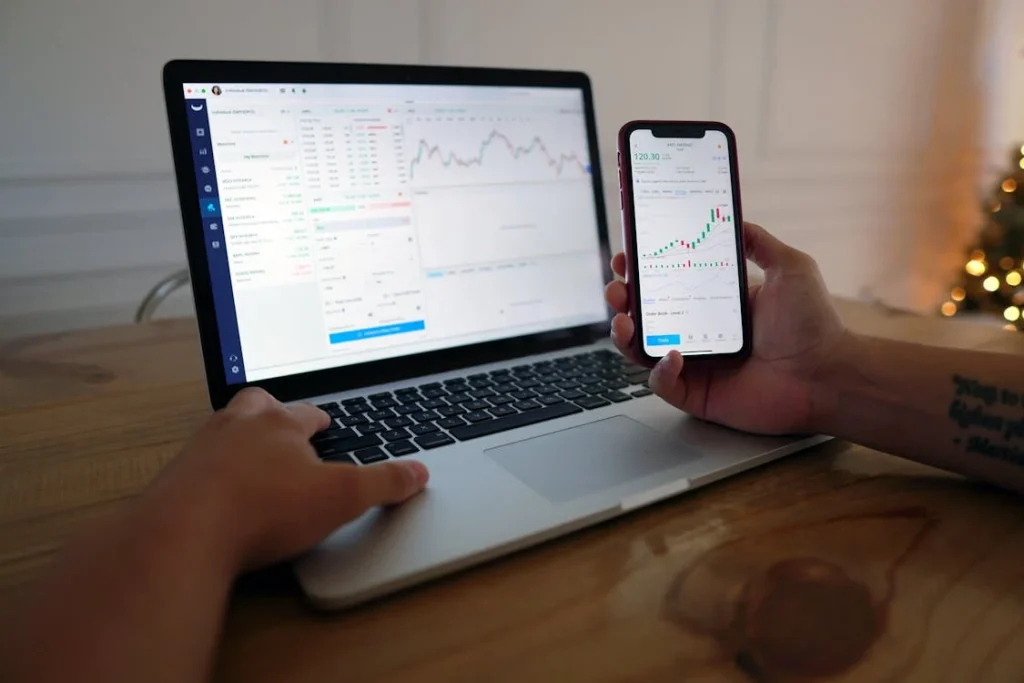Technical analysis is one of the most popular methods used by traders in the Forex market. It involves analyzing historical price data to forecast future price movements. By studying charts, patterns, and technical indicators, traders can make informed decisions about when to enter or exit the market.
In this article, we will explore what technical analysis is, why it’s so important in Forex trading, and some key techniques you can use to improve your trading strategy.

What is Technical Analysis?
Technical analysis is a method of evaluating financial markets by analyzing past market data, primarily price and volume. Unlike fundamental analysis, which looks at the economic and financial factors influencing a market, technical analysis focuses on price movements and patterns to predict future market behavior.
Technical analysts believe that all relevant information is already reflected in the price of an asset, and by studying charts, traders can identify patterns and trends that suggest where the price might move next.
Why is Technical Analysis Important in Forex Trading?
Forex markets are highly dynamic and can change rapidly due to various economic, political, and social events. Technical analysis allows traders to:
-
Identify trends: By recognizing the direction in which a currency pair is moving, traders can make decisions that align with the market trend.
-
Predict potential price movements: Using past price data, traders can forecast where the price is likely to go next, helping them make profitable trades.
-
Determine entry and exit points: Technical analysis helps traders identify optimal entry and exit levels, enhancing their trade execution.
While fundamental analysis is important for understanding the underlying factors affecting a currency, technical analysis is more commonly used for short-term trading and offers a more straightforward way of making trading decisions based on price action.
Key Components of Technical Analysis
1. Price Charts
The price chart is the foundation of technical analysis. It displays historical price movements over a specific period and is used to identify trends, patterns, and key levels of support and resistance.
Types of Price Charts:
-
Line Chart: A simple chart showing the closing prices over a period. It’s useful for identifying overall trends.
-
Bar Chart: A more detailed chart that displays the open, high, low, and close prices for each time period.
-
Candlestick Chart: A popular chart used by traders that shows the open, high, low, and close prices, with each “candlestick” representing a specific time period.
Candlestick charts provide a more detailed view of price action and help traders identify bullish and bearish trends.
2. Support and Resistance Levels
Support and resistance are critical concepts in technical analysis. These levels represent price points where the market has historically reversed its direction.
-
Support: A price level where a currency pair tends to stop falling and starts to rise again. It’s like a floor that prevents the price from dropping further.
-
Resistance: A price level where a currency pair tends to stop rising and starts to fall again. It acts like a ceiling that prevents the price from going higher.
By identifying support and resistance levels, traders can make informed decisions about when to enter or exit a trade, as these levels often act as barriers that can influence price movement.
3. Trendlines and Channels
Trendlines are used to identify the direction of the market. A trendline is drawn by connecting two or more significant price points, such as the highs or lows of a price movement.
-
Uptrend: A series of higher highs and higher lows. An uptrend line is drawn below the lows of the price to show the general direction.
-
Downtrend: A series of lower highs and lower lows. A downtrend line is drawn above the highs of the price to show the downward direction.
Channels are parallel lines drawn above and below a trendline to show the range within which the price moves. Channels help traders identify when the price is overbought or oversold and can signal potential reversals.
4. Technical Indicators
Technical indicators are mathematical calculations based on the price and volume of a currency pair. They are used to confirm trends, identify overbought or oversold conditions, and help forecast future price movements. Some of the most commonly used indicators include:
Moving Averages (MA)
A moving average smooths out price data to identify the direction of the trend. The most common types of moving averages are:
-
Simple Moving Average (SMA): The average price over a specific number of periods.
-
Exponential Moving Average (EMA): Similar to the SMA but gives more weight to recent prices.
Relative Strength Index (RSI)
The RSI is a momentum oscillator that measures the speed and change of price movements. It ranges from 0 to 100, with values above 70 indicating an overbought condition and values below 30 indicating an oversold condition.
Moving Average Convergence Divergence (MACD)
The MACD is a trend-following momentum indicator that shows the relationship between two moving averages (typically the 12-day and 26-day EMAs). It helps identify potential buy and sell signals based on crossovers.
Bollinger Bands
Bollinger Bands consist of three lines: a moving average (usually the 20-period SMA), and two standard deviation lines that represent the upper and lower limits of price movement. When the price moves outside of the bands, it may signal overbought or oversold conditions.
5. Chart Patterns
Chart patterns are visual formations created by price movements that help traders predict future price action. These patterns are typically categorized into two types: continuation patterns and reversal patterns.
-
Continuation Patterns: Indicate that the price is likely to continue in the same direction after a brief consolidation. Examples include triangles, flags, and pennants.
-
Reversal Patterns: Indicate that the price is likely to change direction. Examples include head and shoulders, double tops, and double bottoms.
By identifying chart patterns, traders can anticipate price movements and position themselves accordingly.
How to Use Technical Analysis Effectively
To use technical analysis effectively in Forex trading, traders need to combine several techniques and tools. It’s important to:
-
Identify the trend: Start by determining whether the market is in an uptrend, downtrend, or range-bound. This will help you decide whether to buy or sell.
-
Look for confirmation: Use technical indicators and chart patterns to confirm the direction of the trend and determine the best entry and exit points.
-
Manage risk: Always use proper risk management techniques, such as stop-loss orders and position sizing, to protect your capital.
-
Practice patience: Technical analysis is not about predicting every price movement but rather about identifying high-probability setups. Patience and discipline are key to success.




